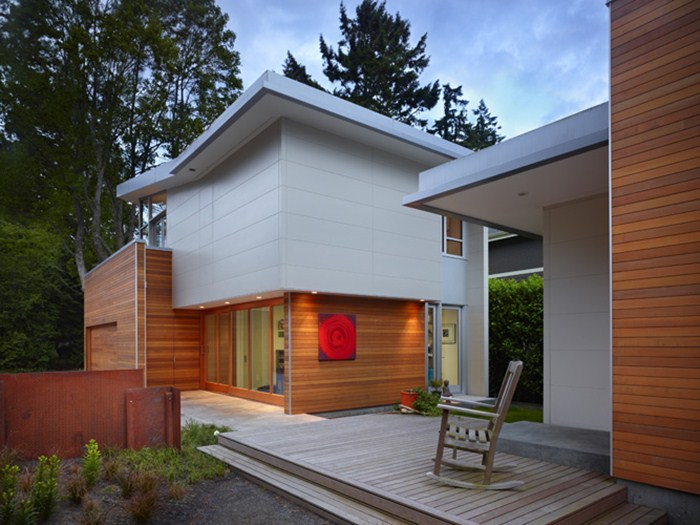What All To Know About ADU Size Limit?
The changing laws and regulations regarding Accessory Dwelling Units (ADU’s) have made it difficult to build an ADU. While there are some rules in place, such as a specific size limit for the structure and no area-specific limits set for an ADU, these changes make it even more important to consult a qualified contractor before finalizing on custom ADU Bay Area design.
ADU size limit
ADU size limit is determined by the local government. ADU’s are subject to a specific size limit when they are being built, and that limit depends on the location of the ADU. For example, if your city has a maximum square footage for an accessory dwelling unit (ADU), you will have to conform to that requirement before you can begin construction of your ADU.
ADU’s are subject to a specific size limit
ADU’s are subject to a specific size limit when they are being built. The size limit depends on the location of the ADU. Some cities have no restrictions, while others require that an ADU be smaller than or equal to an existing house on your property, or even less!
The reason why different regions/cities have different rules in terms of building dimensions is because some studies have shown that larger ADU’s tend to bring down property values more than smaller ones do; hence it makes sense for these jurisdictions to impose restrictions such as limiting how big your new “granny flat” can be so as not too drastically affect property values within the neighbourhood.
Also Visit: Neurotonix
The size limit itself depends on the location of the ADU
The size limit is determined by local government or city. There are no area-specific limits set for an ADU, but there are specific limitations set on the percentage that an ADU can encompass in an entire property. The size of a custom ADU is mostly dependent upon zoning laws and regulations of your city.
ADU size is determined by your property’s zoning and not by the location of the ADU. For example, even though your neighbourhood might have a large lot size requirement, if your property is zoned for an R-3 designation, then you can build a small ADU on that lot. Within a single zone, there are no area-specific limits set for an ADU, but there are specific limitations set on the percentage that an ADU can encompass in an entire property.
If you’re thinking about building an accessory dwelling unit (ADU) but aren’t sure how big they can be or whether they meet any other requirements, read on! Here’s what all to know about size limits when building one:
The size of a custom ADU depends the property zoning
The size of a custom ADU is mostly dependent upon the zoning of your property. A building permit may be required for new, detached additions to existing homes in all areas that are not zoned SF-3 or SF-4. If you’re unsure, check with your local government building department or city planning department to determine what size ADU you can build and whether a permit is needed.
Conclusion
When it comes to deciding whether or not you can build an ADU and what size it should be, there are a lot of factors that go into play. The rules for building an ADU vary depending on where you live, so make sure to check with your local government building department or city planning department before getting started.
